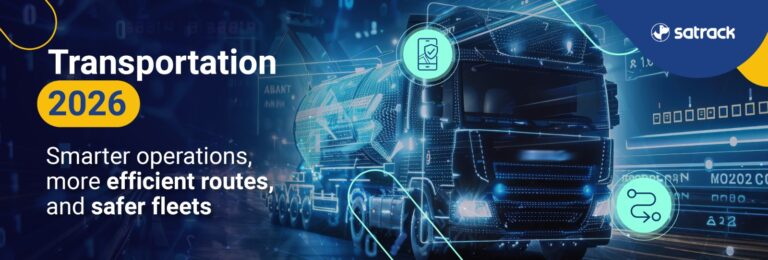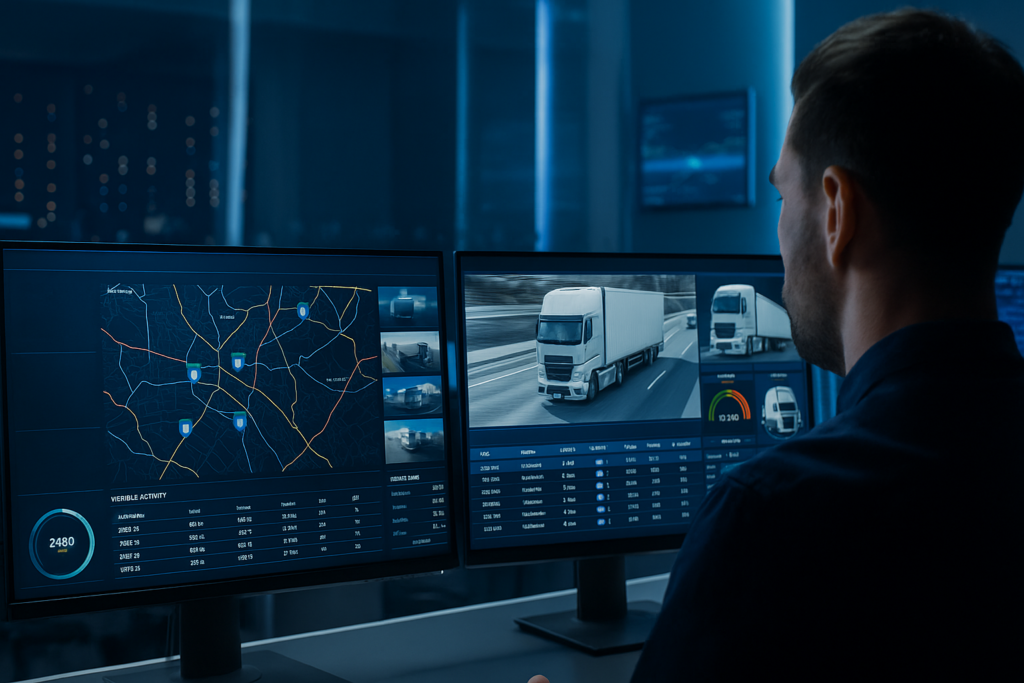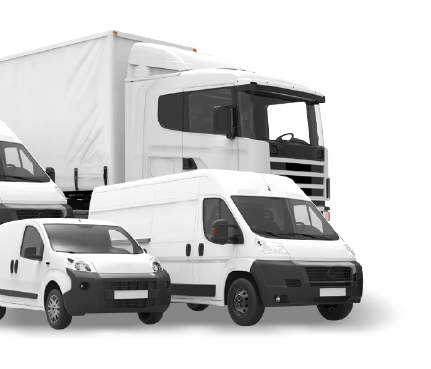

Managing a vehicle fleet is like conducting an orchestra—if every element isn’t perfectly synchronized, the result is chaos. That’s where video telematics cameras come in: a powerful tool that merges real-time video with key vehicle data, transforming how companies manage their transportation operations.
In this article, we’ll explain what video telematics is, how it works, and why it’s a game-changer for modern fleet management.
Video telematics combines onboard vehicle cameras with real-time data collection and analysis systems. These cameras don’t just record what’s happening inside and outside the truck—they also connect with vehicle sensors to give context to each event.
For example, if a driver brakes suddenly, the system saves a video clip of the exact moment along with data such as speed, location, and duration. This allows fleet managers to understand what happened, when, and why.
The main goal is to improve safety, productivity, and decision-making in transport operations. These cameras act like smart eyes, learning from driver behavior and helping improve it.
Video telematics cameras are installed at key vehicle points (front, cabin, sides) and connected to a telematics system. Using motion sensors, GPS, accelerometers, and AI algorithms, the system detects critical events like:
When an event is detected, the camera automatically records a video clip before, during, and after the incident—and sends it to the fleet manager’s dashboard.
Seeing driver behavior in real time helps correct dangerous habits, leading to fewer accidents, lower costs, and more trust on the road.
If a third party wrongly blames your driver for an accident, the video can prove their innocence—saving companies from unnecessary settlements.
With access to real-time video and key data, you can verify proper vehicle usage, identify idle time, and optimize routes.
By detecting risky driving patterns, you can tailor training for each driver based on actual behavior—improving performance and reducing vehicle wear.
A logistics company in Texas reduced traffic incidents by 40% after implementing AI-powered cameras. In under six months, maintenance costs and accident-related claims dropped significantly.
A utility company in Florida discovered that 30% of vehicle stops were unnecessary. Using video clips and GPS data, they optimized routes and saved in fuel and labor.
Traditional Cameras | Video Telematics Cameras |
Only record video | Record + analyze contextual data |
No real-time alerts | Send instant alerts |
Hard to find specific clips | Automatically organize clips by event |
No vehicle system connection | Fully integrated with sensors and GPS |
At Satrack, we know every operation is unique. That’s why we offer a range of in-cab video camera options tailored to different needs:
Captures the road ahead and detects events like collisions, hard braking, or speeding.
Monitors the driver to detect fatigue, distraction, or phone use. Equipped with AI for real-time alerts.
Records both road activity and cabin behavior—ideal for high-value cargo or personnel transport.
At Satrack, we’ve spent years helping logistics and services companies optimize their fleet operations. Our in-cab video camera system integrates with GPS tracking, smart alerts, and automated reports—all in one powerful platform.
We give you full visibility, real control, and real-time tools for better decisions—accessible from any device.
Video telematics cameras are no longer a tool of the future—they’re a reality thousands of businesses are using today to operate more safely, efficiently, and profitably. If you want safer drivers, real-time fleet insights, and reduced risk, this is your best starting point. And at Satrack, we have the technology and support to help you take that next step.
